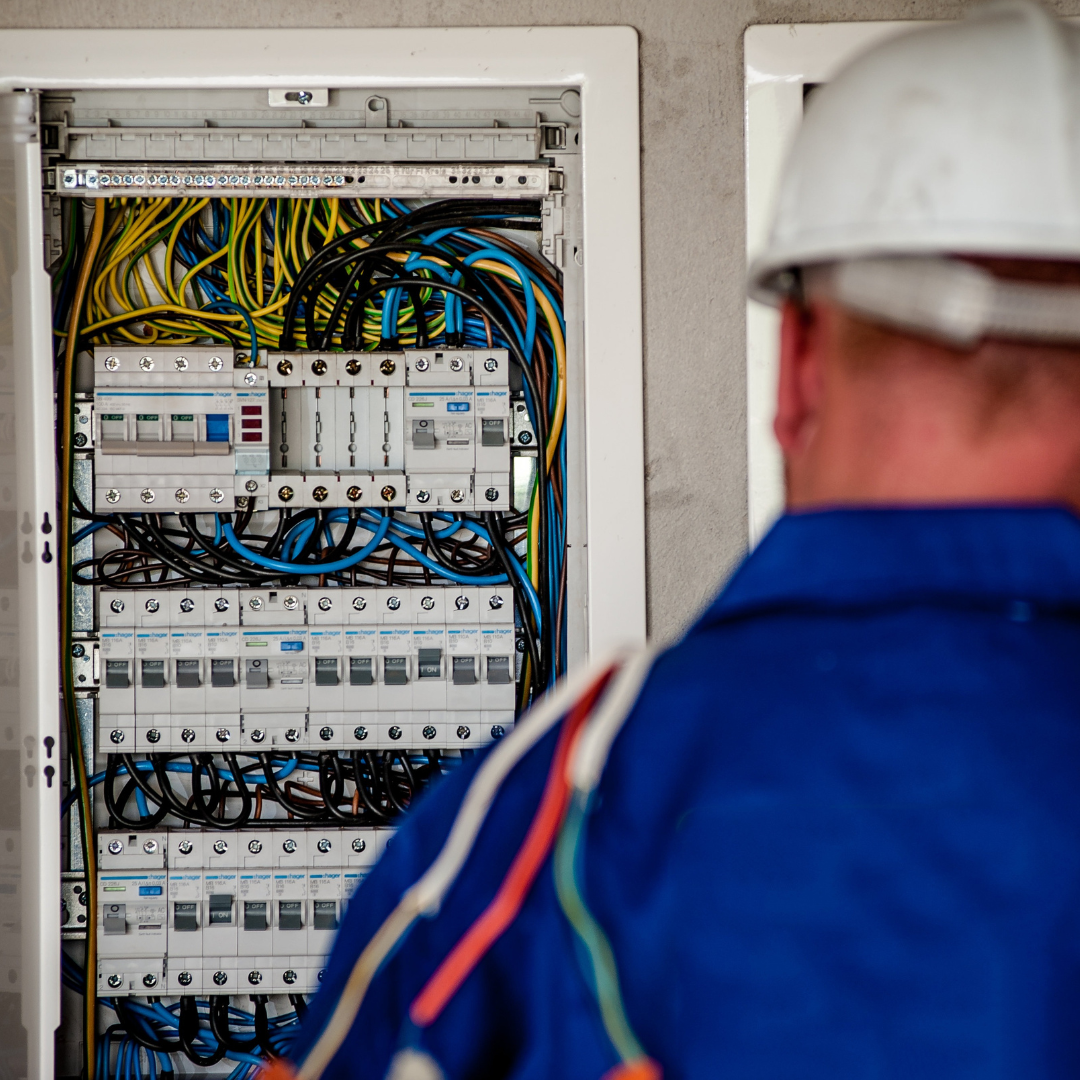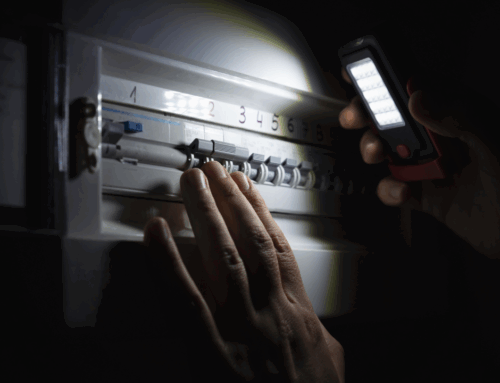Electrical emergencies can strike without warning, causing significant disruption to your business operations and, more importantly, posing serious risks to the safety of your employees and customers. Knowing what steps to take during an electrical emergency is crucial in mitigating damage and ensuring that everyone is safe. This article outlines the essential actions you should take if you experience an electrical emergency in your business, helping you respond efficiently and effectively.
1. Ensure Safety First
The very first step when dealing with any electrical emergency is to ensure the safety of all individuals on your premises. If you notice any signs of electrical trouble—such as sparks, smoke, or unusual smells—immediately evacuate all employees and customers from the affected area. Electrical emergencies can lead to fires or electrocution, so it is crucial to act swiftly.
Make sure everyone knows the emergency evacuation routes, and ensure that they are clear and easily accessible. If you suspect that the electrical emergency could lead to a fire, trigger the building’s fire alarm and evacuate everyone from the premises immediately.
2. Cut Off the Power Source
If it is safe to do so, shut off the power supply to the affected area. This could be done by turning off the circuit breakers in the electrical panel. If you are unsure which breaker controls the affected circuit, it is best to switch off the main power supply to the entire building. However, do not attempt to turn off the power if you are standing in water, or if the electrical equipment is emitting smoke or sparks.
Turning off the power reduces the risk of further damage or a potential fire, and it ensures that the situation doesn’t escalate while you wait for professional help.
3. Assess the Situation Carefully
Once the area is evacuated and the power is cut off, take a few moments to assess the situation. Are there visible signs of damage? Is there a lingering smell of burning wires or plastic? While you should never attempt to fix electrical problems yourself unless you are a qualified commercial electrician, understanding the basic nature of the emergency can help when explaining the situation to the professionals who will arrive.
If there are no visible signs of a fire or immediate danger but you notice things like flickering lights, a sudden power outage, or tripped breakers, it is still important to treat the situation as an emergency and seek help right away.
4. Contact a Qualified Commercial Electrician
During an electrical emergency, it is vital to contact a qualified commercial electrician as soon as possible. Electrical issues can be complicated and dangerous to address without professional expertise. Commercial electricians are trained to handle high-voltage systems and can assess the situation accurately. They will also have the proper tools and equipment to repair the damage safely.
When calling for help, provide as much detail as possible about the situation, such as what caused the issue (if known), what part of the building is affected, and whether there were any signs of damage like smoke or sparks. This will help the electrician assess the severity of the emergency and be better prepared when they arrive.
5. Do Not Attempt DIY Repairs
In the event of an electrical emergency, it’s crucial to avoid attempting DIY repairs, especially if you don’t have the proper training. Even seemingly minor electrical problems, such as a blown fuse or tripped breaker, can pose significant risks if handled incorrectly. Working with electricity without the proper knowledge can result in serious injuries or even fatalities.
If the electrical issue is something like an electrical fire, avoid using water to try to extinguish it. Instead, use a fire extinguisher specifically designed for electrical fires (Class C fire extinguisher). If the fire is large or out of control, immediately call the fire brigade.
6. Document the Incident
Once the emergency has been addressed and the situation is under control, it is important to document the incident. Take detailed notes of the events leading up to the electrical emergency, the actions taken to manage it, and any damage caused. This documentation may be useful for insurance claims, repairs, or improving safety protocols in the future.
Ensure you retain any reports or invoices from the commercial electrician who handled the emergency, as well as any relevant details about repairs made. Keeping a record of all repairs and inspections can help maintain the health of your business’s electrical system moving forward.
7. Review and Update Your Electrical Safety Procedures
After the electrical emergency is resolved, take the opportunity to review your workplace’s electrical safety procedures. This can include ensuring that employees are trained on how to identify electrical hazards, when to report issues, and how to handle emergencies. It is also a good time to schedule a comprehensive electrical safety inspection for your business.
Regular maintenance and checks by a professional commercial electrician can help identify potential electrical hazards before they lead to an emergency. Updating your safety protocols, training, and systems can help prevent future incidents and ensure a safer workplace for everyone.
Conclusion
Dealing with an electrical emergency in your business requires swift, careful action to ensure the safety of everyone involved and to minimise damage. Always prioritise safety, shut off the power if possible, and contact a qualified commercial electrician immediately. Avoid DIY repairs, as they can lead to more harm, and ensure you have a plan in place for such situations in the future. By following these steps, you can effectively manage electrical emergencies and protect your business from further risks.







Leave A Comment